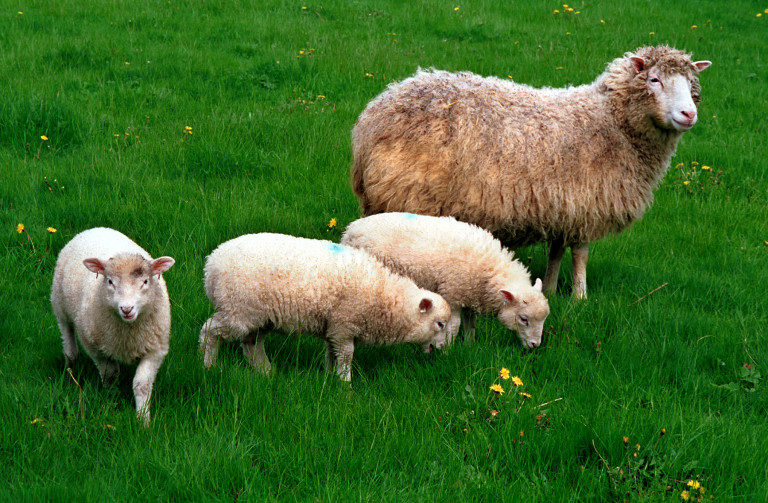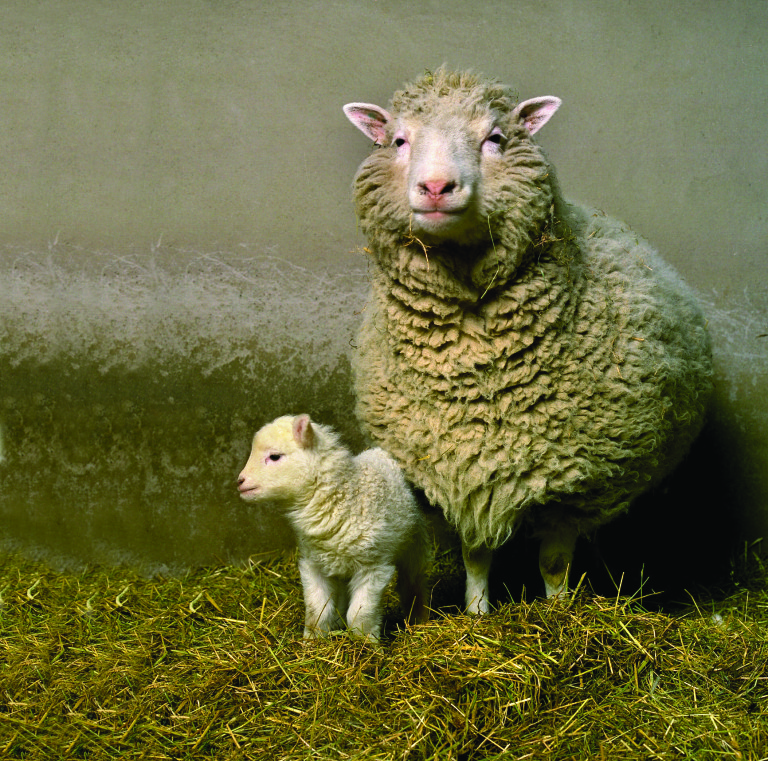Dolly, the first mammal cloned from an adult somatic cell, was born on July 5, 1996, at the Roslin Institute in Scotland. This breakthrough in cloning demonstrated that a cloned organism could be produced from a mature cell taken from a specific body part. Dolly’s cloning technique, somatic cell nuclear transfer, paved the way for advancements in stem cell research and the discovery of induced pluripotent stem cells. Throughout her life, Dolly lived at the Roslin Institute, produced several lambs, and led a normal life until her death in February 2003 due to a progressive lung disease. Her preserved body is currently on display at the National Museum of Scotland.

Dolly’s birth marked a significant milestone in scientific achievements. The funding for her cloning came from PPL Therapeutics and the Ministry of Agriculture. Although she was not the first cloned animal, Dolly gained immense media attention as the first cloned mammal from an adult cell. Her existence was announced to the public in February 1997, captivating the world with the possibilities and implications of cloning.

Dolly’s life at the Roslin Institute was typical for a sheep. She bred with a Welsh Mountain ram and gave birth to six lambs. However, at the age of four, Dolly developed arthritis, which was treated with medication. She was euthanized at the age of six due to a progressive lung disease, which was not directly linked to her being a clone. Dolly’s preserved body has been displayed at the National Museum of Scotland since 2003, where she continues to be a symbol of scientific advancement.



Leave a Reply